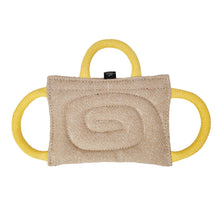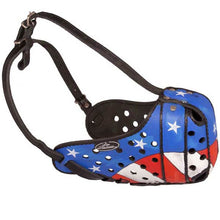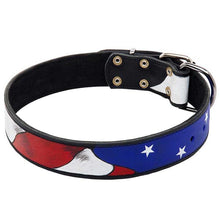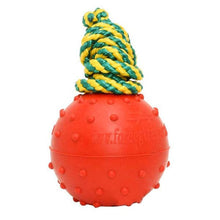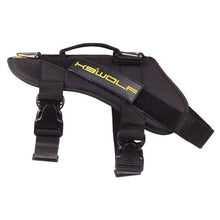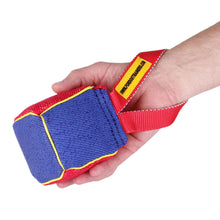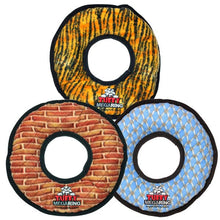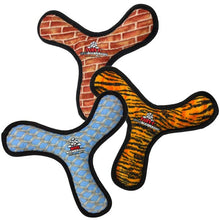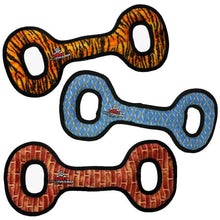The History of the Working Line GSD
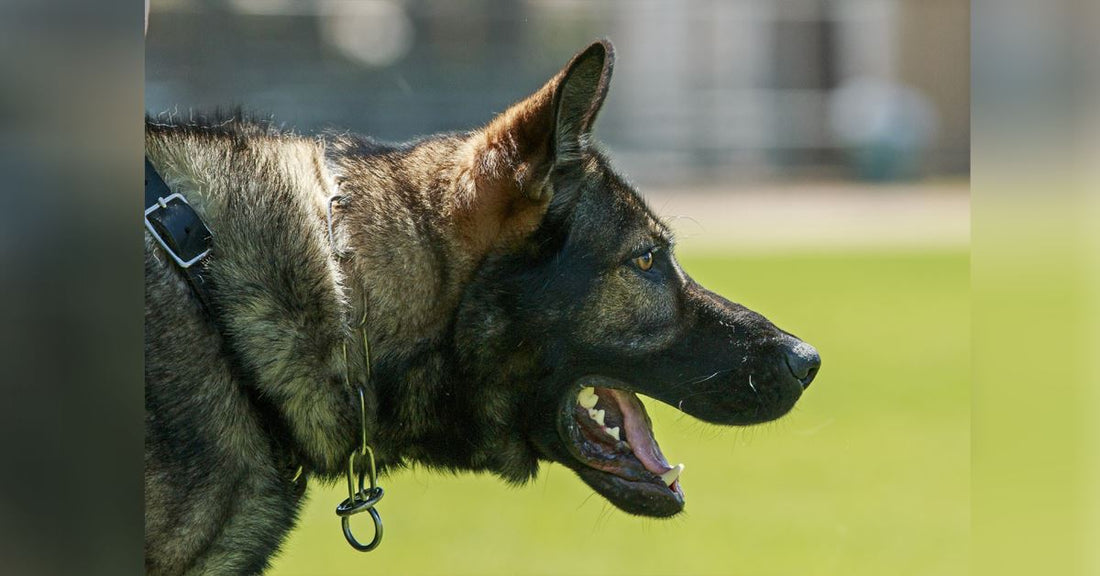
The history of the working line German Shepherd is the history of all German Shepherds. The initial goal was to produce the best and most versatile working dog on Earth. In this article we'll delve into the history, the origin, the different types of working line dog and why they're different, as well as off-shoots such as American show lines, European show lines and lines found in the UK, which are all unique from one another. Most importantly, we'll be taking into consideration the "why" of how different they are.
Captain Max Emil Friedrich von Stephanitz was a German cavalry officer and dog breeder who created the German Shepherd Dog breed. He set the guidelines for the breed standard and was the first president of the Verein für Deutsche Schäferhunde (SV). He purchased his first dog, Hektor Linksrhein, in 1899 and changed his name to Horand von Grafrath. Horand was used as the primary breeding stud by Stephanitz and other breeders and is the foundation stud of the German Shepherd Dog breed.

Later in 1899, Stephanitz founded the Verein für Deutsche Schäferhunde (SV) with his friend Arthur Meyer. Several others joined as co-founders including several sheep herding masters. The SV simultaneously developed the Zuchtbuch or Breed Register. Twenty years later they published the Körbuch (Breed Survey Book), which determines a dog's suitability for breeding based on its physical and mental characteristics and not based solely on show wins as von Stephanitz was concerned that the focus on looks would undermine the greater focus of working ability. Under Stephanitz's watchful eye, the breed was marketed as a do all utilitarian dog in other types of work outside of herding such as delivering messages on the battlefield, search and rescue work, sentry duties, police work and duties as personal guard dogs.
In 1901, Schutzhund, which translates to "Protection Dog" in German, was created. It consisted of 3 phases: Tracking, obedience, and protection. Failing to pass any one phase meant a dog didn't earn a title. All 3 phases required a passing score because he believed that a compromise in any area meant that a dog wasn't well rounded enough to be bred. He believed this so much that a dog who didn't earn a title could not have its offspring registered as a German Shepherd Dog through the SV.

During WW1, the breed he created got its chance to prove it could do all the things he advertised that they were capable of. And prove themselves they did. By the end of the war, the breed had found itself expand into other countries and even other continents. Rin-Tin-Tin first was shown in 1918, the year before the end of the First World War. He was rescued from the battlefield by an American soldier named Lee Duncan. That's how much of an impression the breed made on the battlefields of France. During and after WW1 is when the breed began to form different lines.
The first 2 off shoots were the American and UK lines as they had been removed from mainland Europe and had no obligation to earn any titles to have their offspring registered. Both countries used them mostly as guard dogs with limited protection training that would be considered crude by Schutzhund standards, or as house pets and farm dogs. At a time when the aristocracy owned purebred dogs as house pets in most of the world, your average common person had pets in the US and the UK. In mainland Europe, they were not considered pets or companions, but rather working partners and invaluable tools for working people. Yes, they were cared for, but they had a job to do and that was their main function. In the US and UK, different styles of herding were more common and thus different dogs were more often chosen to move sheep instead of German Shepherd Dogs. This led to the popularity of showing German Shepherd Dogs in the show ring, whilst not putting emphasis and working ability. Something that von Stephanitz feared and tried to resolve by publishing the Körbuch. As mentioned before, the UKC and AKC didn't require Schutzhund titles before a dog could be bred, so working ability and hardness was lost within a few generations.

After WW2, Germany split in two. In 1949, Germany formally splits into two independent nations: the Federal Republic of Germany (FDR or West Germany) which was allied to the Western democracies, and the Deutsche Demokratische Republik (DDR or East Germany) which was allied to the Soviet Union.
A separate breed registry had to be instituted in the DDR, and the SDG service and working dogs came to be. In the DDR the physical traits, drive, and mental characteristics of Schutzhund and working dogs were rated by the Wertmessziffer system. In English Wertmessziffer means “measured value number.” Breeders and buyers used this 6-digit rating system to provide a comprehensive and reliable method for easily determining the characteristics of each evaluated and rated dog.

This system and the powers that are leaned towards bulky dogs with big heads, thick bone, medium drive, and dark pigment who were "sharp" and could be agitated easily because their main goal was to intimidate people at the Western border from trying to leave the newly established communist nation. These people may have been non-threatening and therefore a sharper dog who was easily agitated fit their program better than harder dogs who would find someone not being aggressive as a non-threat. There are many super dog stories about DDR dogs, but that's what they are, stories. They make good police dogs, and even better guard dogs. But their sharp nature makes them more difficult for people who have a lot of guests over or live in highly populated urban areas. If you were a military or police dog handler in East Germany in 1980 and your dog bit someone who walked too close, what were they going to do? Sue the communist government? They were safe from such repercussions and therefore didn't have to worry about it.
During this time, another group was about to split. The Balkan area at the time was merged into 1 country: Czechoslovakia. The kennel Z Pohranicni straze (Z PS) was founded in the year 1955 for the single purpose of producing and training dogs that would be solely used for the protection of the Czechoslovakian People's Republic's and later in 1968, the Czechoslovakian Socialist Republic's borders. This too was a communist country who made their own system. They too favored larger bone, heads, and darker pigment.

The major difference between the Czech Z Pohranicni straze program and the DDR program was that the Z PS program favored more well-rounded dogs. They cared more about a dog being hard and thus more trustworthy in public situations. Some of the best police dogs in the US are Czech dogs and they do well in protection sports. And being that they're less sharp, they make up a large portion of protection dogs as well.
The West Dogs (West German, Dutch, and Belgian) never really changed. They are more varied in type, but most tend to have a lot of prey drive. More than the other lines, in general. They're usually not as dark or bulky, but some individuals are. They do very well in police work, sport, and personal protection. They are fairly similar to Czech dogs in demeanor, while being a bit more social, again, in general.

Most of these different working dog lines can do just about any job you need, with some lines being more suitable for certain situations than others. And some individuals being better suited for certain types of work than others.
Lastly you have the 3 common show lines. We touched on 2 of them briefly, but let's get more in depth on the American, the UK, and the Mainland European show types. The American and UK lines are the most similar. They're not very uniform in drive and most have very little working ability. So much so that most police dogs in the UK and USA/Canada are imported from working line dogs from mainland Europe. They tend to be slight of build and bone, in general. And tend to be lighter of pigment with more blondes, light tans, silvers etc. They tend to make easier to manage pets because they need less strenuous training than working dogs do because they have less working drive.

The European show line dog is much different than the UK/USA dogs. They're typically between average and heavy boned. They tend to be a darker red and black in color and are still bonded to the rules of the SV. That means they must possess a working title before their puppies can be registered, just like all working line dogs in Europe must be. Therefore, they have retained some working ability. They are typically medium of drive and medium hardness. It's rare to see competent police departments use them because working line dogs are better suited to the work than they are. Some people use them for personal protection, with varying opinions on their effectiveness in that role. Unlike the American and UK lines, they must also be tested for hip dysplasia, as do working line dogs of all types. Therefore, all lines have lower instances of hip dysplasia, and all lines have more working ability than the US/UK lines.
This has been your basic history of the working lines and how world events, rules of register, and the varying opinions on what a German Shepherd should have led to the multitude of lines we have today. Ever shifting politics and wars changed a lot in a small amount of time.
If you learned something or enjoyed this article, leave a like and share! Thank you.
You might also like: Different German Shepherd Working Titles And What They Mean








